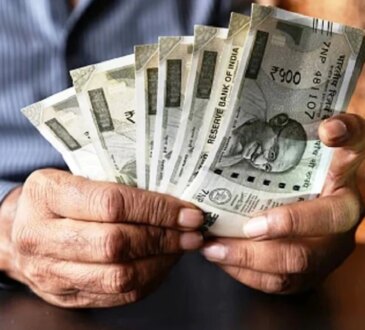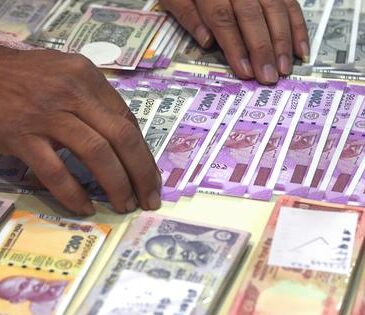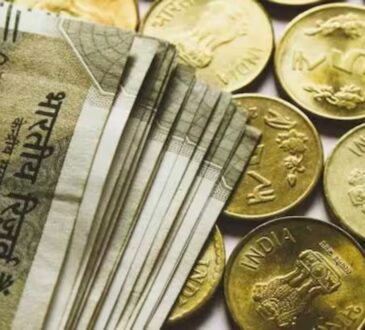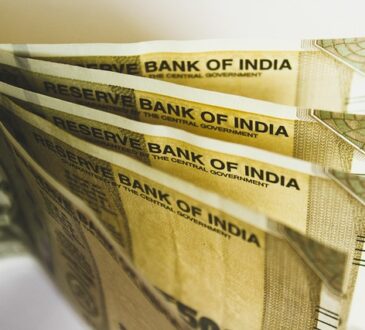With around 180 currencies in use worldwide, it’s a difficult task to keep an eye on them all, especially when exchange rates cause constant fluctuations in how they perform. There is a huge range of factors which can push a currency up, or down, the global rankings, including low inflation, interest rates and exports.
But what are the strongest currencies in the world? According to smartasset, a currency is classified as strong when it is worth more than another’s. In a country with a stronger currency, it would mean it would be easier for someone to holiday in a country with a weaker one, while products would also cost less for the former, and more for the latter. Revealed below are the 10 strongest currencies in the world.
The US dollar claims 10th place. It may be surprising to find America’s currency so low on the list, especially since it is the most traded currency on the planet. However, its strength is determined by complex factors, including supply and demand in the foreign exchange market. Currently, the USD stands at 1.29 to 1 GBP.
The EU is made up of 27 member states, of which 20 use the Euro, known as the Eurozone. The region is known for its single market, which allows for the freedom of services, goods and people between its members. Currently, the EUR stands at 1.29 to 1 GBP, earning it ninth place on the list.
While Switzerland is also in Europe, it does not use the Euro. As such, it takes the eighth place. Instead, the landlocked country uses the Swiss Franc. The Swiss National Bank (SNB) ensures the stability of its currency through maintaining price stability and supervising the sector. In Switzerland, you can expect a high standard of living and good salaries, but also a high cost of living compared to its neighbours like France, Germany and Austria. Currently, the CHF stands at 1.14 to 1 GBP.
Standing as a leading global financial hub, the Cayman Islands and its dollar are impressively strong and stable currencies, given their size. The islands, a British Overseas Territory in the Caribbean Sea, boast a wide range of investment funds and advantageous tax policies, making it a popular expat destination. Currently, the KYD stands at 1.06 to 1 GBP.
In sixth place is the Gibraltar pound, which has close ties with the British pound, bolstering its stability and strength. It is pegged to and exchangeable with the GBP. Bank of England-issued notes and UK coins are accepted and mixed with locally issued notes and coins of the same value. As such, the GIP and GBP stand at the same exchange rate.
There’s little surprise, therefore, that the British pound sits in fifth place. Despite the instability of Brexit and other factors, it remains one of the most popularly traded currencies. This is partly thanks to the UK being one of the world’s biggest countries by GDP.
Incredibly, the top four spaces are all claimed by countries in the Middle East. The Jordanian dinar is high on the list of the world’s strongest currencies thanks to its booming oil and gas exports and the Jordan central bank’s cautious policy approach. It is dedicated to keeping ample foreign exchange reserves to protect against any unforeseen shocks. Currently, the JOD stands at 0.92 to 1 GBP.
The Omani rial is another of the world’s strongest currencies, again thanks to exports of oil and gas. However, the government in Oman is working on lessening the country’s dependence on oil markets to help it remain resilient. Currently, the OMR stands at 0.50 to 1 GBP.
Located in the Persian Gulf, the island nation of Bahrain is located off the coast of Saudi Arabia. It claims the title as the second most valuable globally currency – the Bahraini dinar. Like its neighbours, gas and oil play a major part in the country’s income, but it also stands as a regional financial hub. Currently, the BHD stands at 0.49 to 1 GBP.
The title of the world’s strongest currency is claimed by the West Asian country of Kuwait, which shares borders with Iraq and Saudi Arabia. Kuwait has one of the largest oil reserves in the world.
What’s more, the country is also impressively wealthy, its government has prioritised the growth of the country’s private sector and made responsible budgetary policies. Kuwasot also has a small population, which means that the per capita income is relatively high. Currently, the KWD stands at 0.40 to 1 GBP.
10 strongest currencies in the world
-
Kuwaiti dinar (KWD)
-
Bahraini dinar (BHD)
-
Omani rial (OMR)
-
Jordanian dinar (JOD)
-
British pound (GBP)
-
Gibraltar pound (GIP)
-
Cayman Islands dollar (KYD)
-
Swiss franc (CHF)
-
Euro (EUR)
-
US dollar (USD)




